Creating a flourishing organic vegetable garden in Zone 9 may seem challenging, especially for those new to gardening.
However, with the right knowledge and guidance, anyone can transform their green space into a productive and sustainable oasis.
This comprehensive guide will navigate you through the process, from understanding the unique climatic conditions of Zone 9 to practical tips for soil preparation, planting, pest management, and more.
This journey will empower you to grow a diverse range of vegetables in tune with the seasons, ultimately leading you to a rewarding harvest.
Let's get started on this green-thumb adventure together and make the most of your Zone 9 garden.
Organic Vegetable Garden in Zone 9: a Step-by-Step Guide
Zone 9 offers a long growing season suitable for many types of vegetables.
It covers diverse regions such as parts of Texas, Louisiana, southern Arizona, southern California, and Florida.
The following steps will guide you in building a thriving organic vegetable garden in this zone.
1. Understanding Your Zone
Before you start planning your organic garden, it's crucial to understand the specific conditions of Zone 9 and how they can affect your gardening efforts.

Climate
Zone 9 is characterized by mild winters and long, hot summers. The average minimum winter temperature is between 20 to 30°F.
This allows for a long growing season and the ability to grow multiple plantings of certain crops.
Seasons
There are different planting seasons in Zone 9. The primary growing season is during the spring and early summer.
However, many vegetables can be grown in the cooler months, essentially making it possible to garden year-round.
2. Choosing the Right Vegetables to Grow
In Zone 9, the variety of vegetables you can grow is vast due to the long growing season and relatively mild winters.
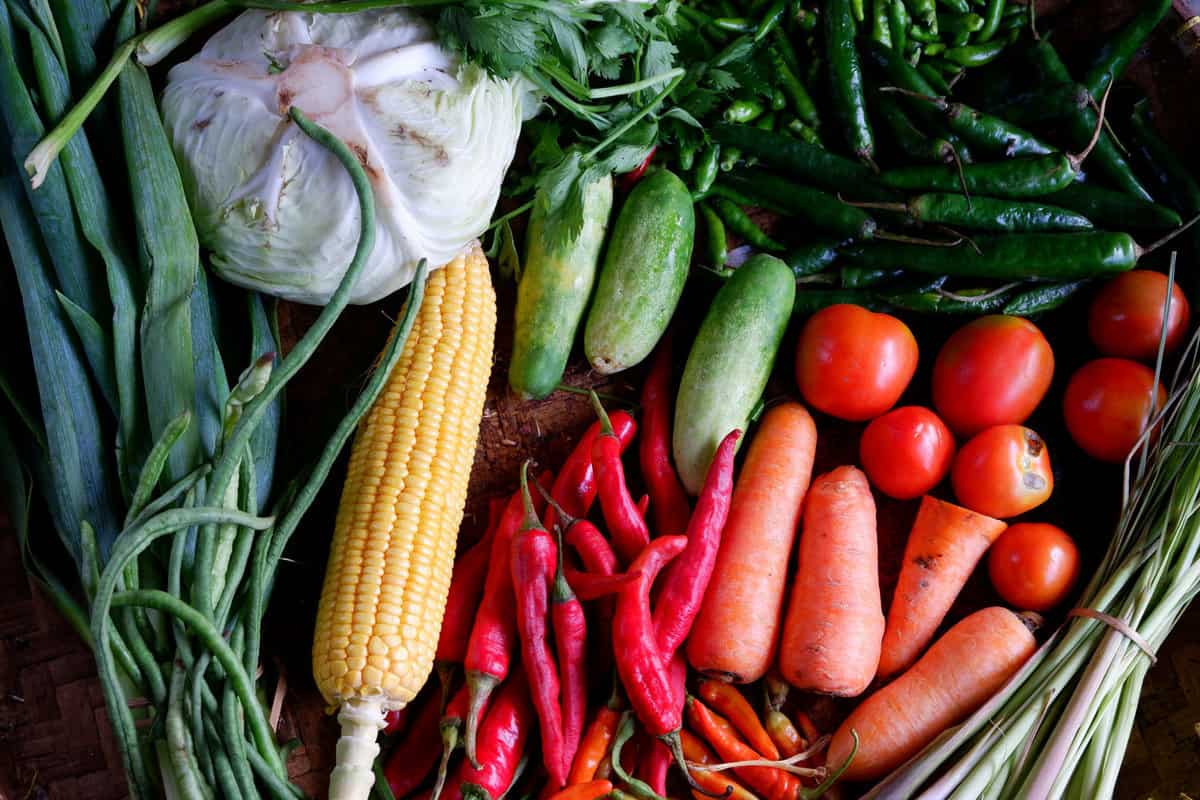
However, choosing the right plants for your garden should also take into consideration your personal preferences and the specific conditions of your garden site.
Warm-Season Vegetables
Vegetables that love heat, like tomatoes, cucumbers, peppers, corn, beans, squash, melons, and many herbs, thrive in the summer months of Zone 9.
Cool-Season Vegetables
During the cooler months, you can grow crops such as lettuce, kale, and spinach. These vegetables can often be planted in late summer for a winter harvest.
3. Site Selection
The location of your garden can significantly influence its success.
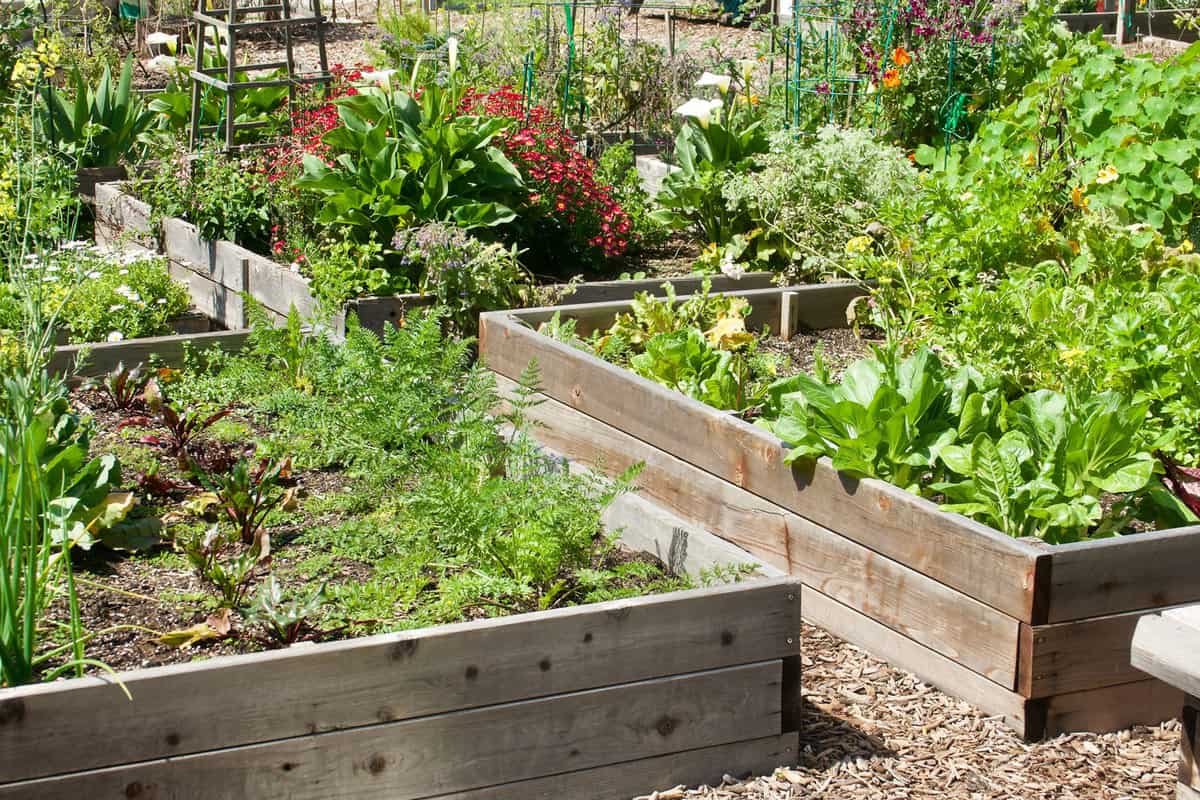
In addition to the overall climate of Zone 9, microclimates within your specific garden site should also be considered.
Sunlight
The site you select should receive at least 6 hours of sunlight a day. Most vegetables need plenty of sun to produce well.
Drainage
The area should be well-drained and not prone to standing water. Poorly drained soil can lead to root diseases and poor plant growth.
Accessibility
Your garden should be easily accessible for regular maintenance, watering, and harvesting. It should also be within reach of a water source.
Soil Quality
The quality of the soil at the site is important. If your chosen site has poor soil, you may need to improve it by adding organic matter.
4. Soil Preparation
Healthy soil is the cornerstone of any successful organic garden.

Understanding and improving your soil is crucial for providing your plants with the nutrients they need to thrive.
Soil Testing
Begin by getting your soil tested to determine its nutrient content and pH level.
Many local extension offices offer soil testing services. This will help you understand what amendments your soil might need.
Soil Type
The soil in Zone 9 can vary widely, from sandy to clay.
Sandy soils tend to drain quickly and may require the addition of organic matter to improve water and nutrient retention.
Clay soils, on the other hand, drain slowly and may benefit from the addition of organic matter to improve structure and drainage.
Soil Amendments
Adding organic matter, such as compost or well-rotted manure, can improve soil texture, fertility, and moisture retention.
These amendments also encourage the growth of beneficial soil organisms.
5. Planting
Planting your vegetables correctly can significantly impact their growth and yield. The specific needs of each plant should be taken into consideration.
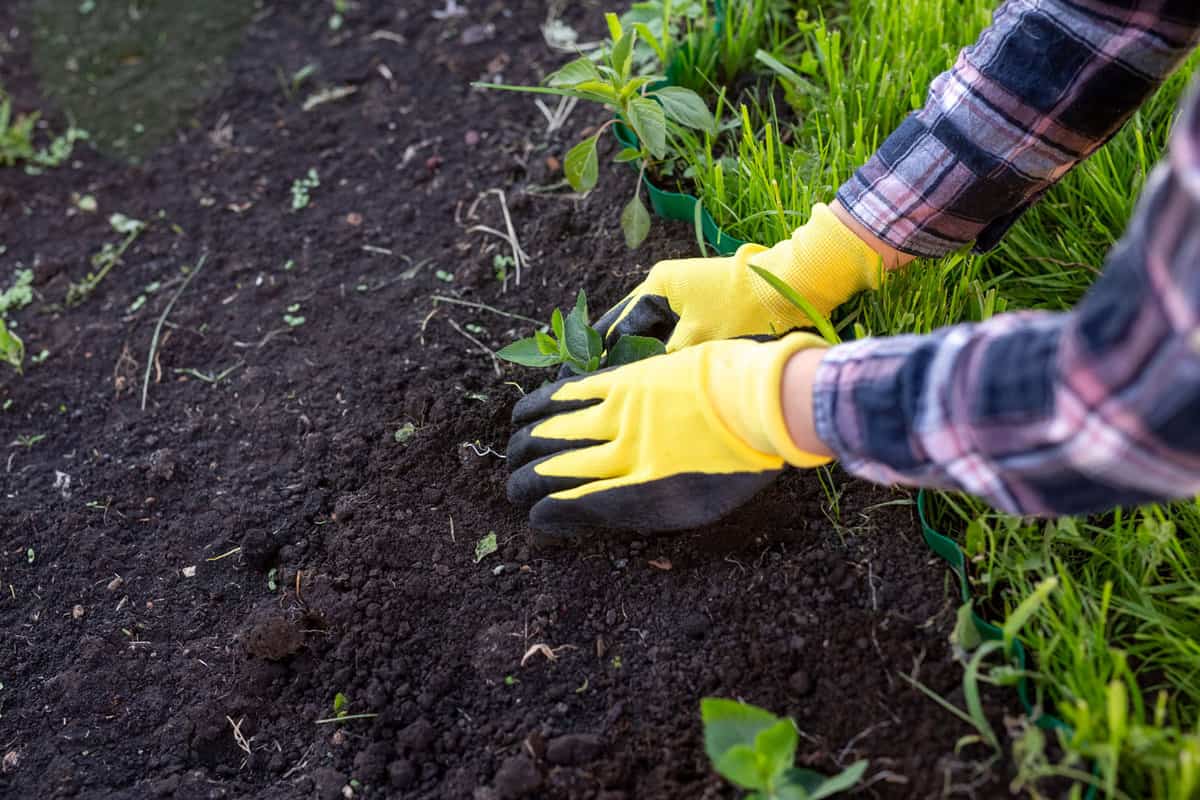
Planting Time
In Zone 9, you can often plant earlier than in colder climates. However, be sure to check the recommended planting dates for each specific vegetable.
Planting Depth and Spacing
Each vegetable has its own requirements for how deep and how far apart to plant.
Following these guidelines ensures that each plant has enough space and access to the nutrients it needs.
Transplants
Some vegetables, like tomatoes and peppers, benefit from being started indoors and then transplanted outside once the weather is warm enough.
This can give them a head start on the growing season.
6. Watering
Proper watering is essential for a successful garden. In the hot summers of Zone 9, keeping your garden adequately watered can be particularly important.
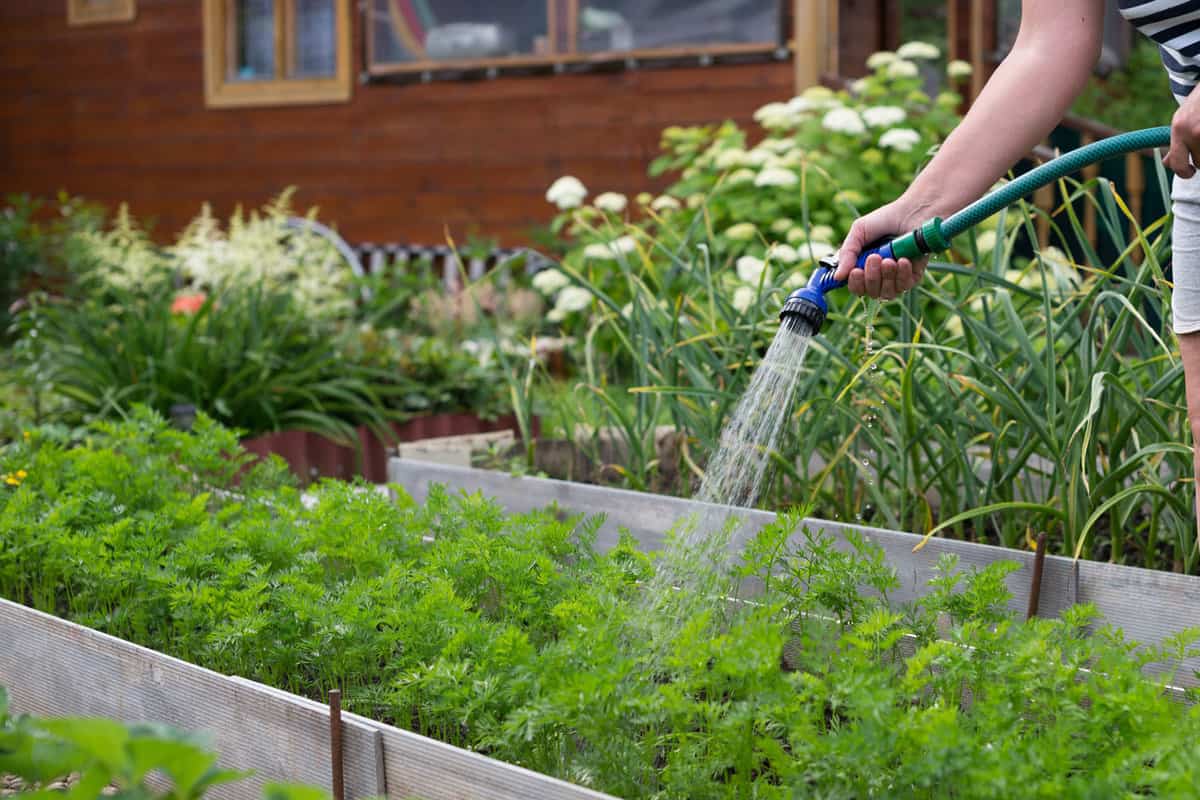
Watering Depth
Water deeply and infrequently, rather than shallowly and frequently.
This encourages the growth of deep roots, making your plants more drought-resistant.
Watering Frequency
The exact frequency of watering will depend on your soil type, the weather, and the specific needs of your plants.
Sandy soils might need watering more often, while clay soils need to be watered less frequently.
Water Conservation
Using techniques such as mulching and drip irrigation can help conserve water, which is particularly important in the hot, dry summers of Zone 9.
7. Organic Pest and Disease Management
Managing pests and diseases in an organic garden can be a challenge, but there are several strategies that can help keep these problems under control without resorting to synthetic pesticides.
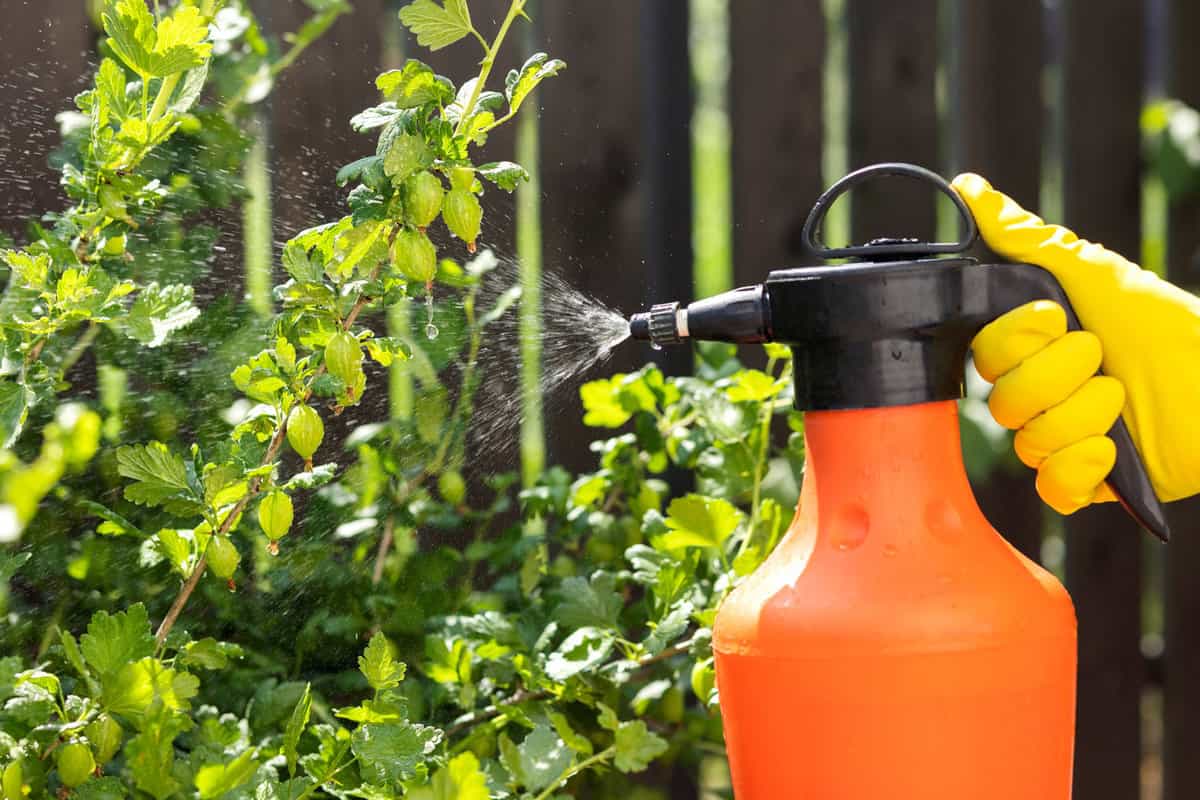
Hand-Picking
For large pests, like caterpillars, simply removing them by hand can be effective. This won't harm your garden and will provide effective results.
Crop Rotation
This involves changing the location of certain types of plants from year to year to prevent pests and diseases from becoming established in the soil.
Companion Planting
Certain plants can benefit each other when planted together.
Some plants can deter pests that are attracted to other plants, while others can attract beneficial insects.
Beneficial Insects
Insects like ladybugs, lacewings, and parasitic wasps can help control pests naturally.
You can attract these beneficial insects by planting a variety of plants and providing habitats for them.
Physical Barriers
Installing barriers like row covers and netting can keep pests away from your vegetables without using any chemicals.
Click here to see this garden netting on Amazon.
Traps
Sticky traps and pheromone traps can be useful in controlling pests without harming your vegetables.
Click here to see these sticky traps on Amazon.
Click here to see these pheromone traps on Amazon.
Homemade Remedies
You can create your own organic pesticides using recipes that include ingredients like garlic, cayenne, and soap.
8. Mulching
Mulching can provide numerous benefits in your garden, from conserving water to suppressing weeds.
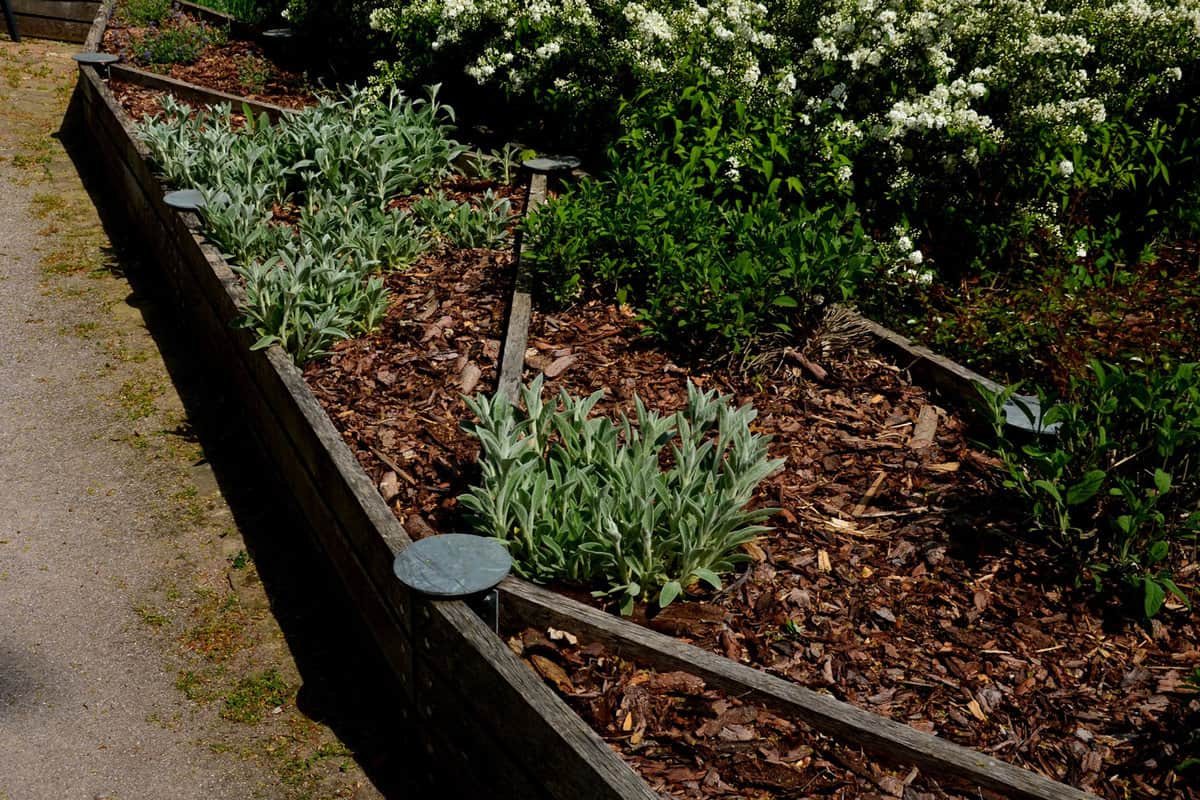
Water Conservation
Mulch helps retain moisture in the soil, reducing the need for frequent watering.
Weed Suppression
A layer of mulch can prevent weeds from getting the light they need to grow.
Soil Health
Organic mulches break down over time, adding organic matter and nutrients to the soil.
9. Composting
Composting is a great way to recycle kitchen scraps and yard waste into a nutrient-rich soil amendment.

Compost Ingredients
You can compost a wide variety of organic materials, including fruit and vegetable scraps, coffee grounds, eggshells, grass clippings, and leaves.
Compost Maintenance
Turn your compost pile regularly to help speed up the decomposition process and prevent foul odors.
10. Harvesting and Storing
Harvesting your crops at the right time and storing them properly can ensure you get the most out of your garden.
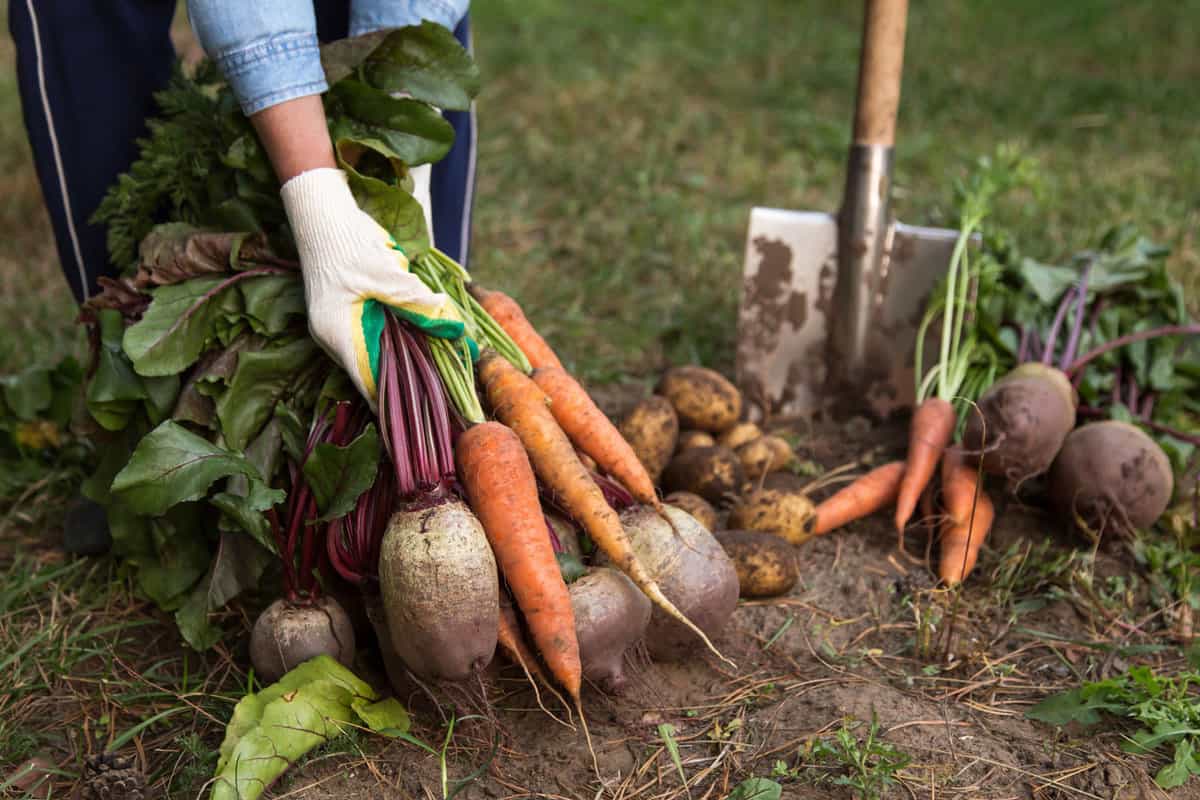
Harvest Timing
Most vegetables taste best when harvested at the peak of ripeness. Learn when each vegetable is typically ready to harvest.
Storage
Some crops can be stored for use throughout the year. Methods of storage can include canning, freezing, drying, or storing in a cool, dry place.
For some specifics, here's what you need to know:
- For green leafy vegetables, including spinach, kale, and lettuce, store them in a plastic bag with a damp paper towel in your refrigerator's crisper drawer.
- Root vegetables like carrots and beets can be stored in a cool, dark place for several weeks.
- Tomatoes do best when stored at room temperature away from direct sunlight.
- Peppers and zucchini benefit from refrigerator storage but can last a few days on the counter if you plan to consume them soon.
Cultivating Success: the Final Steps
Now that you are equipped with the knowledge needed to cultivate vegetables in Zone 9, remember to be patient and diligent.
Adjust your practices as needed based on your observations and the unique conditions of your garden.
In time, with careful attention and consistency, your organic vegetable garden will flourish, providing you with a bounty of fresh produce right from your backyard.
Keep in mind that the true success of your garden is not only measured by the harvest but also by the joy and fulfillment derived from the process of gardening itself.
With our helpful step-by-step guide, it's time to get your hands dirty. Happy gardening!
For some related topics, check out the posts below:
How To Start A Raised Bed Vegetable Garden For Beginners [Step By Step Guide]
Winter Cover Crops For Vegetable Gardens [17 Options You Should Try!]



